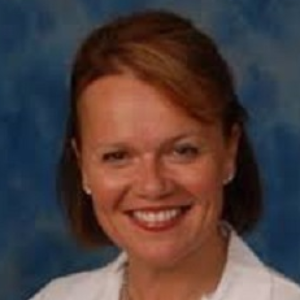Abstract:
Breast cancer conservative surgical treatment programs rely on the available image guidance devices and skills of the radiologist and surgeon team. Each breast cancer treatment team adopts the most effective localization and margin assessment technique based on the skills and technologies available. Since 2015, Wire-Free Nonradioactive preoperative Localization (WFL) has been adopted in Europe and the US. Women with locally advanced breast cancer who receive neoadjuvant treatment (NAT) in order to downstage the disease may be eligible for de-escalation of axillary lymph node surgery. Patients with a good response to NAT often require additional post-NAT needle localization interventions to guide the targeted surgery. However, since successful neoadjuvant treatments often result in complete or partial tumor response on imaging, this renders any post-NAT localization procedure to be more difficult and less reliable and can lead to unintended morbidity with more invasive and disfiguring axillary surgery. The 12mm sized passive Nonradioactive WFL device (Cianna Medical, Inc. Aliso Viejo, CA, USA), has become a standard of care in over 55,000 breast cancer patients in 375 US sites. Preoperative WFL of the breast, soft tissue, or lymph nodes (LN) is placed via Mammography (MG), Ultrasound (US) or CT guidance received expanded FDA longterm clearance November 2017. This study of WFL of positive lymph node builds on prior studies that support targeted axillary dissection (TAD) and follows the ACOSOG-Z1071 subset analysis that suggested that selected node-positive patients who undergo NAT may potentially require less extensive (de-escalated) axillary surgery. Our study builds on the current surgical literature to support a de-escalation of axillary surgery and reports on up-front long term WFL placement, device stability, and function over the 31-365 days prior to surgery. The WFL was successful in node-positive breast cancer patients prior to neoadjuvant treatment (NAT) response and did not adversely impact standard of care MRI imaging to monitor treatment response in the NAT time period. Up front WFL, prior to NAT response, when the lesion is best visualized on imaging can allow for surgical treatment options that can be tailored to evolving evidence-based guidelines. This supports a clinically relevant paradigm shift in the management of breast cancer patients with locally advanced disease. Long-term (31-365 day) preoperative upfront localization of the positive LN may represent a more practical time period approach for targeted, de-escalated axillary LN surgery in these patients. This information may prove valuable to the multidisciplinary team (radiologists, oncologists, surgeons) and could support a clinically relevant paradigm shift in the management of NAT patients




